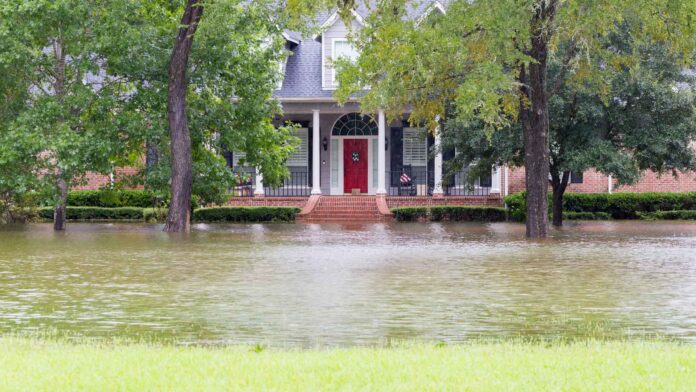Key Highlights
- Current property values at stake without infrastructure planning to mitigate risks and damages from increasing wildfires, hurricanes, storms, etc.
- Investors looking at how resilient communities are to climate/natural disasters before buying or developing
- New report by Urban Land Institute indicates climate risk factors are central to buying/building decisions
Between 2010 and 2020, worldwide losses caused by extreme weather risks and effects of wildfires, hurricanes, storm surges and other natural disasters totaled more than $3T. Real estate investors are paying attention.
A report released in November from the Urban Land Institute (ULI) indicates that real estate investors, developers and builders are dialed into these climate risks and effects BEFORE they decide whether or not and where to buy and/or develop land. The ULI researchers interviewed BlackRock Inc., CBRE Global Investors, Credit Suisse Group AG, Goldman Sachs Group Inc., Moody’s Corp. and Morgan Stanley to uncover the what/why/how of climate risks along with efforts by city governments to mitigate/reduce those risks.
According to Ed Walter, ULI Chief Executive Officer, real estate investors “…are looking beyond the individual asset and assessing a city’s preparedness for climate change, but the models and metrics they need are still in their infancy.”
The ULI report found that real estate investors want to know:
- Total population and percent of population at risk
- Total geographic area or total percentage of a geographic area of city at risk
- Total or percentage of real estate value at risk
- Potential for a peak relating to weather/natural disaster event to disrupt core business are
- Existence of core business and residential areas with reduced vulnerability to weather/natural disaster event
Heitman CEO Maury Tognarelli said, “Due diligence screens must incorporate the accelerating risks posed by climate change, fiscal policy constraints, and critical infrastructure investment, repair and replacement.”
Investors want to know that the cities into which they invest are financially solvent and secure, well prepared, and are making science-based, energy-efficient decisions. Why? They simply are not interested in their development projects selling at discounts or losing a total of $14.1B in home values due to sea-level rise flooding as eight states on the Eastern Seaboard have lost, according to evidence from the First Street Foundation’s FloodFactor tool in 2018.
Thanks to BloombergNews and the Urban Land Institute.
Also read: Inman’s Guide to 2020, 2025, 2030 and Beyond – Part I, Time for Buyers To Drive Deals, Croatia – a Central European Option
























